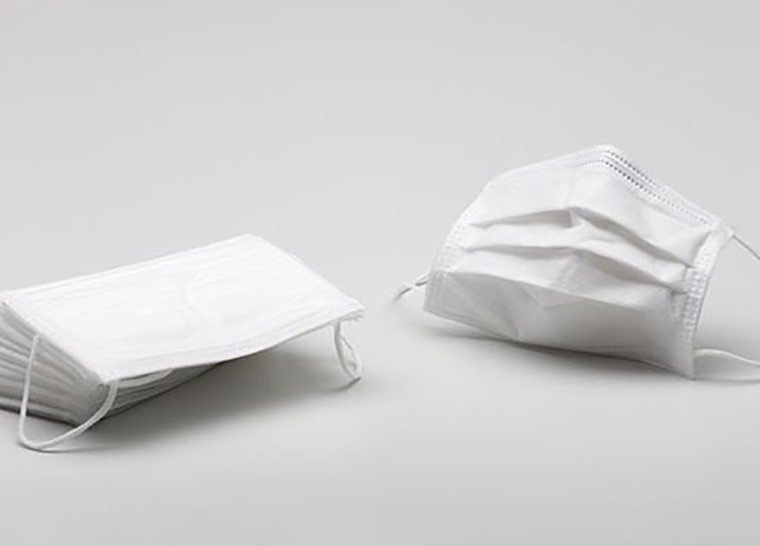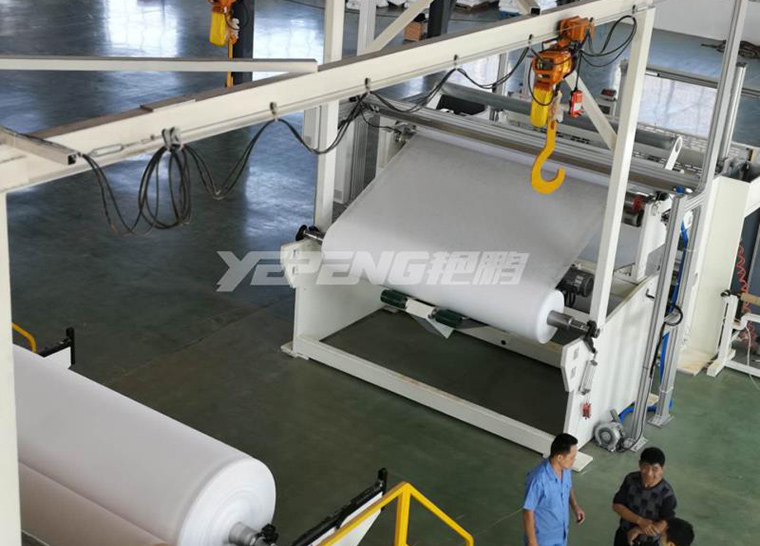Opportunities in the personal hygiene market will come from continuous product development aimed at increasing the adoption and market value of these products. Areas of improvement include: performance, especially comfort or absorption; Sustainability, such as the provision of recyclable or plant-based and biodegradable fibers; And more independent, underwear like adult incontinence products.
According to relevant information and data, growth by 2024 will be constrained by the decline in the birth rate and the slow growth in demand for baby diapers and training pants (less than 1%). In 2019, these two types of demand account for nearly three-quarters of the demand for personal hygiene nonwoven fabric.
However, this will mark an improvement over the period 2014-2019, where the contraction of the infant / Toddler population corresponds to stagnation in this key area. By 2024, with the growth of the total population, the young children's population will grow on average, which will support the sales of training pants, which are larger and have more non-woven materials.
According to the weaving process of production materials, nonwoven fabric can be divided into spinning and meltblown method (spunbond and melt blown ), carding method, wet cloth method and air cloth method.
The main application areas include: baby diapers and training pants, adult urinary incontinence products and female health products.
Diapers are commonly used daily necessities for babies, which are collectively referred to as diapers, diapers and Lala pants. Dry diapers can keep babies sleeping all night. Because of its strong water absorption, it is commonly known as "diapers".So let's take a look at the various components of diapers.
Diapers are generally composed of three main parts: surface coating, absorbing core layer and bottom cloth. This is explained as follows:
1.Surface coating: diapers on the domestic market are basically non-woven fabric surface, breathable non-woven fabric can improve the internal air permeability of diapers, water vapor can flow to the diapers, timely discharge of moisture, heat, effectively reduce the incidence of eczema, soft and comfortable, basically does not stimulate the skin.
2.Absorption core layer: this layer is mainly able to capture and quickly absorb urine, disperse urine or diffuse it into the whole core layer through capillary action, and finally absorb and store urine. The absorbing core of diapers in domestic market is mainly composed of pure wood pulp (fluff pulp) and super absorbent resin (SAP).
3.Bottom part: many diapers in foreign countries have used non-woven fabrics which feel more comfortable, but because of the high price, the diapers in domestic market are still mainly made up of PE film.
Most of the ingredients in diapers are made of non-woven fabrics. It can be seen that the application scope and degree of non-woven fabrics in diapers.The nonwoven fabric produced by SMMS + hydrophilic nonwoven fabric production line or SSS / SMS + hydrophilic nonwoven fabric production line can be used in diapers and even female sanitary napkins.
In our impression, non-woven fabrics are mostly used in the packaging industry. In 2020, non-woven fabrics will gradually enter people's daily life because of masks. In fact, non-woven fabrics are often used in medical industry and personal disposable sanitary products.
Zhejiang Yanpeng Non-woven Machinery Co.,Ltd is a professional non-woven production line manufacturer which engaged in development and production for many years.We can provide customized single S, double S three S spunbond non-woven production line,SSMS, SMMS SMS spunmelt (spunbond & meltblown) production lines,and other PP,PET, BiCo spunbond production line to our customers.







